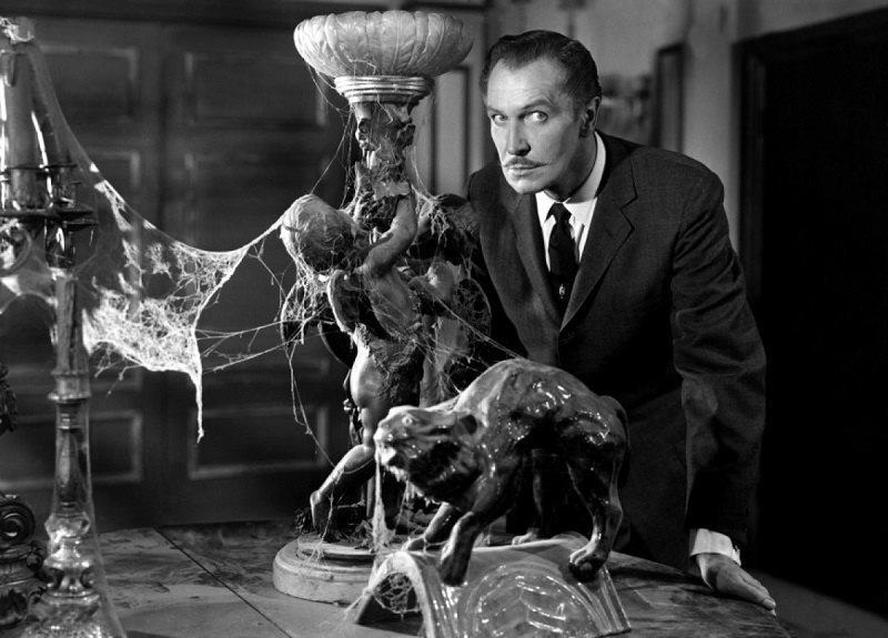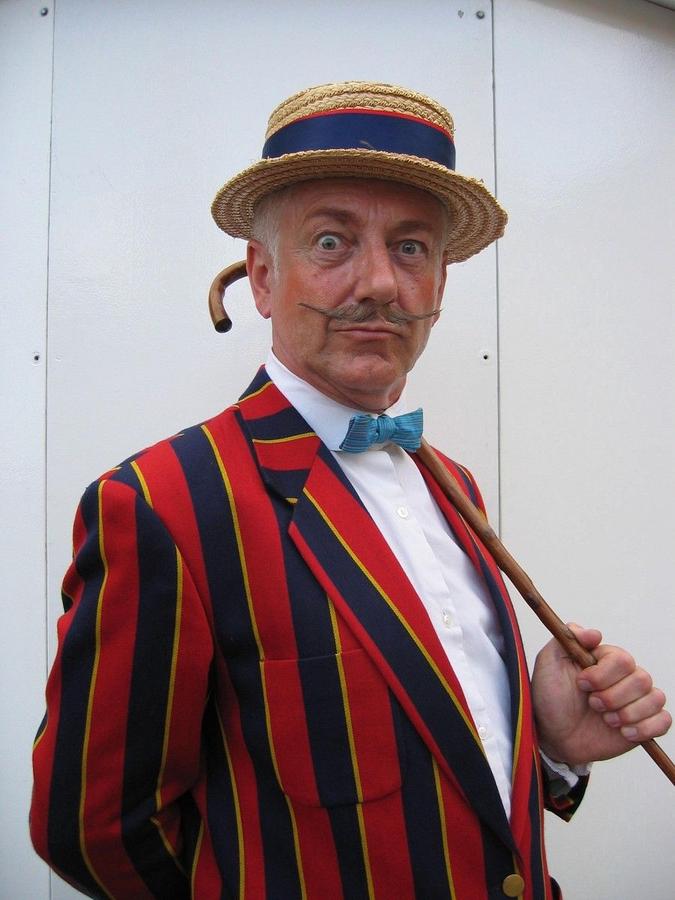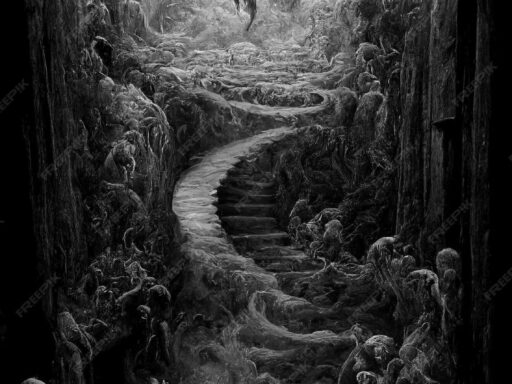History is filled with individuals who defy norms through their crazy, chaotic, or downright weird behaviors and lifestyles. These figures range from eccentric inventors to troubled generals, royal oddballs to peculiar artists, and more. They often challenge our understanding of sanity and extraordinary personality, leaving legacies as fascinating as their actions.

John Murray Spear, a 19th-century American activist, attempted to create a mechanical Messiah animated by the soul of a phantom pregnancy, based on telepathic blueprints from deceased famous figures. His unique blend of spirituality and technology made him one of the era’s most eccentric inventors.
Tycho Brahe, the brilliant Danish astronomer, exhibited curious habits. He kept a moose as a pet which drank beer and famously lost his nose in a duel. He wore a brass prosthetic nose for the rest of his life, exemplifying his unusual but practical eccentricity.

George Edward “Rube” Waddell was a chaotic baseball player from the early 20th century. Infamous for abruptly leaving games to chase fire trucks or play with puppies, he also wrestled alligators during off-seasons. Despite his erratic behavior and alcoholism, he won multiple games and performed heroic acts like saving people from a fire.
Captain Sir Richard Francis Burton was a legendary explorer who mastered about 30 languages, sneaked into Mecca disguised as a Muslim pilgrim, and translated major Eastern texts like the Kama Sutra. His daring exploits and linguistic prowess stand apart in history, including surviving a spear wound to the face.

Gouverneur Morris, key in drafting the US Constitution, combined abolitionist fervor with an outspoken personality and a lively personal life. Losing a leg in a carriage accident didn’t stop him from using his prosthetic to scare off a French mob during the Revolution. He died due to internal injury after using a whalebone catheter to relieve urinary blockage.
Wealthy eccentric Gordon Bennett reportedly burned paper money because it was too bulky and once tipped a valet with a suitcase full of cash, demonstrating extreme extravagance.

Isaac Newton, celebrated scientist, held unconventional beliefs about the universe’s design reflecting biblical structures and died after drinking mercury, underscoring a darker side to his genius.
In leadership, Joshua Abraham Norton declared himself Emperor of the United States, a title he maintained with public affection in 19th-century San Francisco despite lacking any official power.

Stonewall Jackson, the Civil War general, expressed peculiar habits like sucking lemons for energy and riding into battle holding his left hand raised to balance his blood flow. His strong Christian faith influenced his superstitions and military strategies.
Composer Eric Satie limited himself to white foods, created a one-man Christian cult, and wore identical velvet suits daily. His disciplined and eccentric lifestyle shaped his artistic legacy.

World War II general Orde Charles Wingate was noted for bizarre behaviors like appearing naked before his troops and wearing an onion necklace. His unconventional tactics influenced modern commando warfare.
| Notable Rulers with Peculiar Actions |
|---|
|
Many faced life in extraordinary circumstances that bordered on madness. Tarrare, a French showman and soldier during the Revolutionary era, ate unimaginable quantities including corks and live animals. Used as a courier to swallow secret documents for the army, he was ultimately rejected and died young from tuberculosis.

Jonathan Wild, in 18th-century London, combined roles as a crime-fighting vigilante and criminal kingpin, manipulating law enforcement and criminal enterprises simultaneously for personal gain.
Explorers like Cabeza De Vaca survived enslavement and years wandering unknown lands before re-entering civilization, showcasing endurance and strangeness of experience.
Francisco de Miranda connected revolutions and leaders across continents, acting as a crucial albeit tragic node in the web of 18th-19th century global upheaval.
Even figures like John Paul Getty displayed eccentric traits; this billionaire machinated family strife through public changes to his will for entertainment, emphasizing control over wealth and relations.
Key Takeaways:
- Historical figures often combined brilliance with bizarre or extreme behaviors.
- Eccentricity spanned all walks of life—scientists, rulers, artists, soldiers, and criminals.
- Unusual habits and decisions sometimes influenced history profoundly.
- Some individuals used eccentricity as a form of rebellion or survival.
- These stories remind us that history is shaped by complex, often unpredictable people.
Crazy, Chaotic and Weird People of History: A Journey through Human Eccentricity
Who were the craziest, weirdest, and most chaotic people in history? Simply put: they were the daredevils of the past—unpredictable, bizarre, sometimes brilliant, often insane—but absolutely unforgettable. Let’s dive into a curious world where physics meets folly and where eccentricity took center stage, sometimes changing history in the most strange, and sometimes enlightening, ways.
History isn’t just about kings and generals. Sometimes, it’s about the oddballs who defied convention, embraced or enacted chaos, or just did things no sane person would. Here’s a look at some of the most memorable characters—the insane geniuses, the quirky rulers, and the people whose stories make you wonder, “How did they get away with that?”
Building Mechanical Messiahs and Losing Noses: Eccentric Lives
First off, John Murray Spear. This 19th-century American activist was no ordinary tinkerer. He tried to build a mechanical Messiah. Yes, a robot savior—assembled from machine parts and energized by the soul of a phantom baby from a follower’s supposed pregnancy. Those blueprints? Received via telepathy from a secret society of famous dead people. If you thought your hobby was strange, John’s was on another level.
Speaking of body parts, meet Tycoh Brahe, an astronomer with a rather unusual lifestyle. Not just because he made scientific breakthroughs, but because he kept a moose as a pet that drank beer (yes, BEER). And let’s not forget the duel that got him his prosthetic brass nose. Imagine showing up to academic conferences with a steampunk face accessory! It was the 16th century, but still, that’s some wild commitment.
Then there’s George Edward “Rube” Waddell, the baseball player who was a whirlwind of bizarre antics and borderline madness. He famously left games mid-play to chase firetrucks or play with puppies held up by fans. Off-season? He’d vanish to wrestle alligators in circuses. The man could throw 16 strikeouts in a game and still end up drunk on the field. One time he carried a boiling stove out of a burning department store to save lives. Forget “work-life balance,” Rube redefined unpredictability.
Multilingual Adventurers, Prosthetic Legs, and Emperor Loners
History loves a good explorer. Captain Sir Richard Francis Burton was that and then some. This polyglot spoke about 30 languages, slipped into Mecca disguised as a Muslim pilgrim (deadly if caught), and translated classic erotic and folklore texts. He also took a spear to the face and survived. The guy’s tomb? A marble tent shaped like an army field tent. Talk about camping in style after death.
Ever heard of a congressman who lost a leg, wielded it to scare off an angry revolutionary mob, and argued passionately against slavery? Meet Gouverneur Morris. Not only was he an abolitionist ahead of his time, but also quite the horndog—rumored to have multiple affairs and a late marriage to a woman tied to scandal. He died after trying to fix his urinary tract using a whale bone catheter. Yes, history is a brutal classroom.
On the subject of riches run wild, Gordon Bennett was so wealthy, he’d burn paper money just because it was uncomfortable in his pockets. Once, as a tip, he handed a valet a suitcase filled with cash. Imagine the valet’s day! His extravagance bordered on absurdity but was king of eccentric wealth.
Kings and Rulers With a Twist
Jeanne de Clisson is the definition of “revenge done right.” A medieval French noblewoman turned pirate queen. After a grim personal tragedy, she launched thirteen years on the high seas wrecking havoc, torching towns, and fighting the French monarchy itself while her children sailed alongside. She’s the stuff movie biopics crave.
James VI of Scotland (James I of England) was the gay king with a lisp who kept an entourage of handsome boys and pushed for religious tolerance. In early modern England, where Christianity ruled fiercely, he boldly embraced his true self while strengthening his kingdom. Who says you can’t be progressive and a monarch simultaneously?
Justinian II, Byzantine emperor, was a real-life Game of Thrones character. After being deposed as a teen, mutilated (nose cut off, tongue slit), and exiled, he somehow gathered an army and reclaimed the throne by sneaking through an aqueduct—using the heads and feet of his enemies as furniture. His brutal purge later got him deposed and killed, but the dude remains history’s only emperor to retake the throne after being cast out like yesterday’s news.
From Mad Scientists to Royal Craftsmen
Frederick II Hohenstaufen, Holy Roman Emperor and “Wonder of the World,” mixed remarkable intelligence with disturbing curiosity. Famous for crowning himself king while excommunicated, he conducted cruel experiments on prisoners to observe if souls escaped on death, and raised infants isolated from human contact just to see what language they’d develop. Spoiler alert: they died without human interaction. Scientists today would strongly disapprove.
Ming Dynasty Emperor Xizong was “The Carpenter Emperor,” obsessed with crafting beautiful, portable furniture amid an empire in chaos. It might seem strange for a ruler to obsess over beds while borders burned, but he mastered lacquerware and wooden dolls so lifelike they caused amazement. His hobby cost no one a battlefield but certainly broke Confucian conventions.
The Pope Who Couldn’t Keep It Together (Literally) and Other Odd Stories
Pope Benedict IX was pope not once, not twice, but thrice—in the 11th century! His family basically handed him the papacy at twenty, where he threw orgies, got kicked out by mobs, stormed back with an army, and finally sold the papacy to his uncle for a huge sum before returning for a final short reign. The Holy See never saw chaos quite like Benedict’s merry-go-round of rule.
On the fringe of sanity and spectacle, Tarrare was a French soldier and showman infamous for an insatiable appetite that made a circus act look tame. He ate corks, live animals (yes, including puppies), and once swallowed a meal meant for 15 people in one go. The army tried using him to smuggle documents internally, but he was captured and barely survived. He later died of tuberculosis and an exhausting case of diarrhea. The medical curiosity tale is straight out of a freak show.
The Wild and The Deadly
Elizabeth Bathory gained infamy as a serial killer bathing in the blood of young women to preserve youth. Her reign of terror in the late 1500s marked one of history’s darkest chapters of psychopathy.
Less grim but wild nonetheless, John Smith was a pirate-fighting, Arab-dueling, world-traveling badass who founded the first British colony in the USA, Jamestown. If adventure had a poster child, it’d be Smith. No boring desk job for him.
Jonathan Wild wore two hats: crime-fighter *and* crime boss. In 1700s London, he controlled theft rings while pretending to catch criminals. His “bounty hunters” returned stolen goods—for a fee—to rich victims. The puppeteer behind the curtain of London’s underworld, Wild held an unrivaled monopoly on organized crime.
Legendary Stories You Can’t Make Up
Mad King Ludwig, the man who funded Wagner’s epic operas and built fairy-tale castles, is history’s patron saint of eccentric royals. His “Chitty Chitty Bang Bang” castle is a tourist magnet, a monument to imagination and madness entwined.
And John Bentinck, who punished servants by forcing them to roller skate and dug underground tunnels stretching over a mile so he wouldn’t have to face anyone above ground, took private life to new levels.
Ever heard of the emperor who loved carpentry more than ruling an empire? How about the Hungarian general who showed up naked before troops and wore an onion on a string as a snack? Or the French street performer who could swallow cobblestones, live animals, and entire baskets of apples?
The Takeaway: Human History Is Full of Wonderfully Weird Stories
These figures remind us that history is not just a parade of sober, solemn leaders. It’s also a carnival of unique characters, each with a flair for the strange.
So, why should we care about these oddballs? Because they show us the incredible range of human behavior—sometimes inspiring, often entertaining, occasionally cautionary. From the mechanical messiahs to moose-owning astronomers, they broke the mold. Maybe the real lesson is to embrace a little eccentricity ourselves.
Which of these chaotic souls speaks to your wild side? Want to chase fire trucks mid-game or sneak into forbidden cities undercover? Or perhaps you’ll take a bit of madness as fuel for your own story. Either way, history’s mad geniuses prove normal is overrated.
1. Who was John Murray Spear and what was his unusual project?
John Murray Spear was a 19th-century activist who tried to build a mechanical Messiah. He claimed designs came telepathically from a secret society of famous dead people. His project involved animating the machine with a phantom pregnancy soul.
2. What strange habits did astronomer Tycoh Brahe have?
Tycoh Brahe kept a pet moose that drank beer. He lost his nose in a duel and wore a brass prosthetic. Despite his brilliance, his personal life was marked by unusual and eccentric behaviors.
3. How was baseball player George “Rube” Waddell eccentric on and off the field?
Waddell chased fire trucks during games, disappeared for months to wrestle alligators, and was easily distracted by puppies and shiny objects. He once saved people from a fire and had episodes of intense drinking and strange behavior.
4. What risky adventure did Captain Sir Richard Francis Burton undertake while disguised?
He snuck into Mecca disguised as a Muslim pilgrim during a hajj. He memorized the Koran and even had himself circumcised to avoid detection, risking execution if caught by locals.
5. How did Gouverneur Morris use his prosthetic leg to escape danger during the French Revolution?
Morris waved his prosthetic leg above his head, claiming he lost it fighting for freedom. This fooled an angry mob wanting to hang him, causing them to change their minds and spare him.



